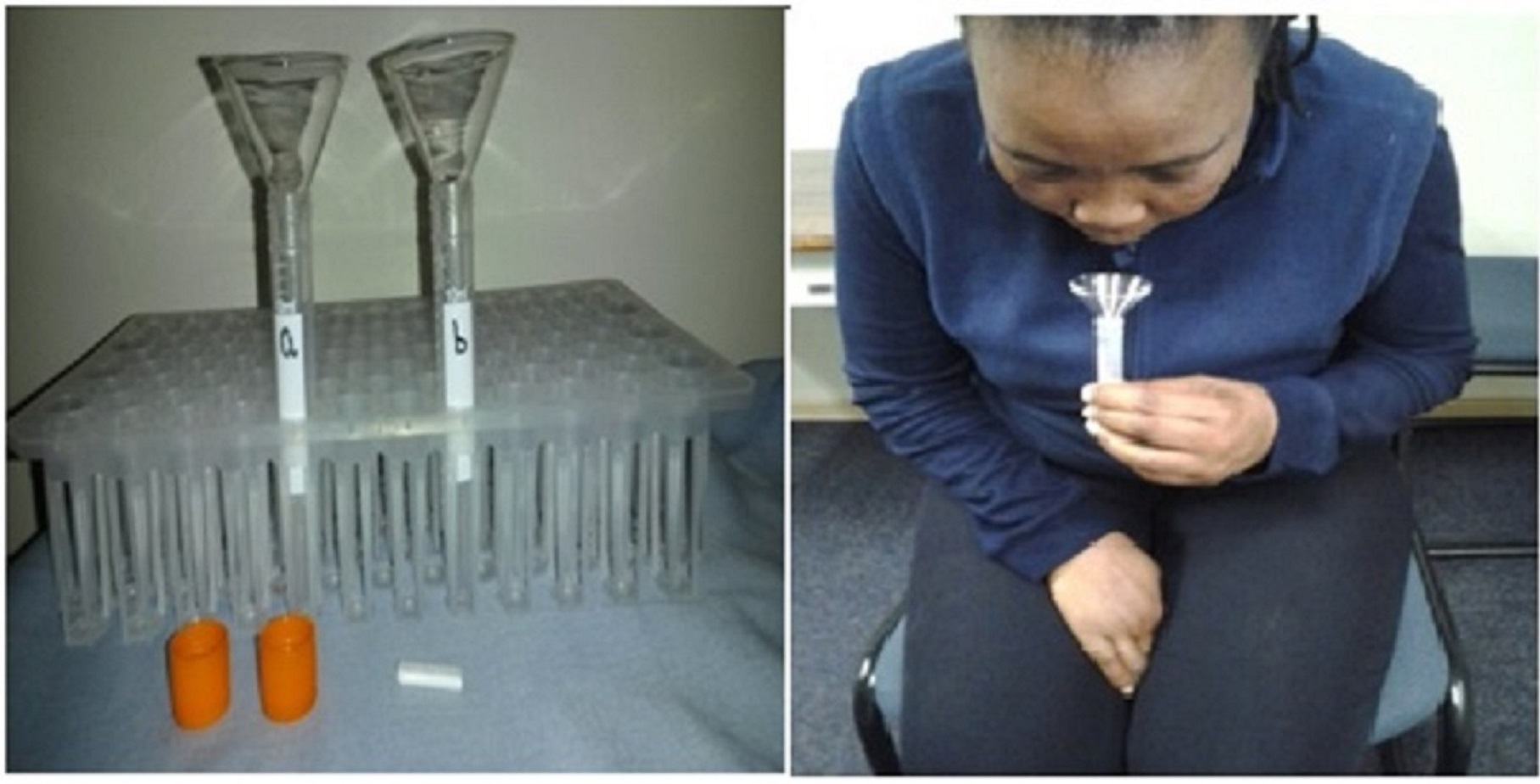IADR Abstract Archives
Xerostomia And Hyposalivation In HIV Positive Patients
Objectives: Studies have shown that xerostomia has a negative effect on the quality of life of people living with HIV & AIDS. Although reduced salivary flow is a main cause for xerostomia, it is also reported in the absence of salivary flow deficiency.
The aim of this study was to compare the prevalence of xerostomia and mean salivary flow rates in HIV negative patients (Group-1), HIV positive patients not on HAART (Group-2) and in HIV positive patients on HAART for more than 2 years (Group-3), attending Empilweni Gompo community health centre in East London. This was achieved through the following objectives:
1) Determine the prevalence of xerostomia, using a questionnaire .
2) Determine whole mouth salivary flow rates (resting and stimulated).
3) Correlate xerostomia, salivary flow rate and CD4 counts in Groups 2 & 3.
4) Correlate xerostomia responses and salivary flow rates across the 3 Groups.
Methods: Xerostomia and whole-mouth (resting &chewing stimulated) salivary flow rates were measured for 150 patients who were from the three groups of 50 patients each. Xerostomia was assessed using a self reporting questionnaire and salivary flow rates were calculated after saliva collection over a three minute period. In addition, data such as age, gender, CD4 count, viral load and HAART regimen were recorded.
Results: Of the 150 patients, 110 were females and 40 were males. The mean age was 34yrs and the CD4 counts for the HIV+ patients ranged from 23 – 1521. Significant differences were observed between the groups in xerostomia prevalence (p=0.006), mean resting (p=0.010) and stimulated (p=0.034) salivary flow rates. Group-2 showed the greatest salivary deficiency. Salivary flow was not decreased by HAART. CD4 ≤350 was linked to low resting flow rates in group-2. In Group-3, patients on FDC showed a significantly lower stimulated flow rate (p=0.034) than those on other HAART. Low salivary flow rates were significantly linked to reported xerostomia (p=0.005).
Conclusions: HIV positive patients who are not on HAART are more vulnerable to salivary gland dysfunction. HAART in itself does not to adversely affect xerostomic perceptions or salivary flow rates. The xerostomia questionnaire is a useful tool in indicating those with possible low salivary flow rates.
The aim of this study was to compare the prevalence of xerostomia and mean salivary flow rates in HIV negative patients (Group-1), HIV positive patients not on HAART (Group-2) and in HIV positive patients on HAART for more than 2 years (Group-3), attending Empilweni Gompo community health centre in East London. This was achieved through the following objectives:
1) Determine the prevalence of xerostomia, using a questionnaire .
2) Determine whole mouth salivary flow rates (resting and stimulated).
3) Correlate xerostomia, salivary flow rate and CD4 counts in Groups 2 & 3.
4) Correlate xerostomia responses and salivary flow rates across the 3 Groups.
Methods: Xerostomia and whole-mouth (resting &chewing stimulated) salivary flow rates were measured for 150 patients who were from the three groups of 50 patients each. Xerostomia was assessed using a self reporting questionnaire and salivary flow rates were calculated after saliva collection over a three minute period. In addition, data such as age, gender, CD4 count, viral load and HAART regimen were recorded.
Results: Of the 150 patients, 110 were females and 40 were males. The mean age was 34yrs and the CD4 counts for the HIV+ patients ranged from 23 – 1521. Significant differences were observed between the groups in xerostomia prevalence (p=0.006), mean resting (p=0.010) and stimulated (p=0.034) salivary flow rates. Group-2 showed the greatest salivary deficiency. Salivary flow was not decreased by HAART. CD4 ≤350 was linked to low resting flow rates in group-2. In Group-3, patients on FDC showed a significantly lower stimulated flow rate (p=0.034) than those on other HAART. Low salivary flow rates were significantly linked to reported xerostomia (p=0.005).
Conclusions: HIV positive patients who are not on HAART are more vulnerable to salivary gland dysfunction. HAART in itself does not to adversely affect xerostomic perceptions or salivary flow rates. The xerostomia questionnaire is a useful tool in indicating those with possible low salivary flow rates.

